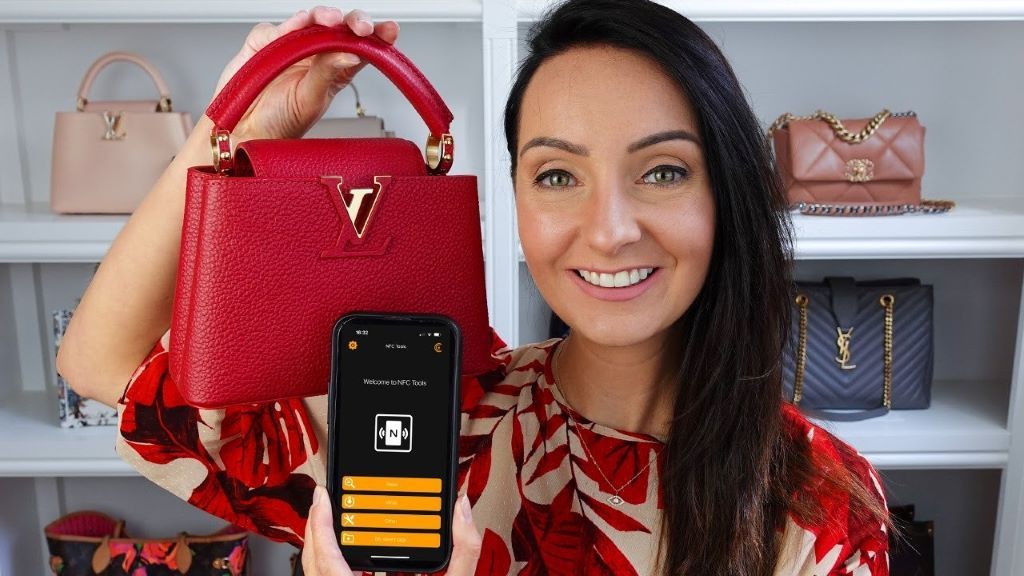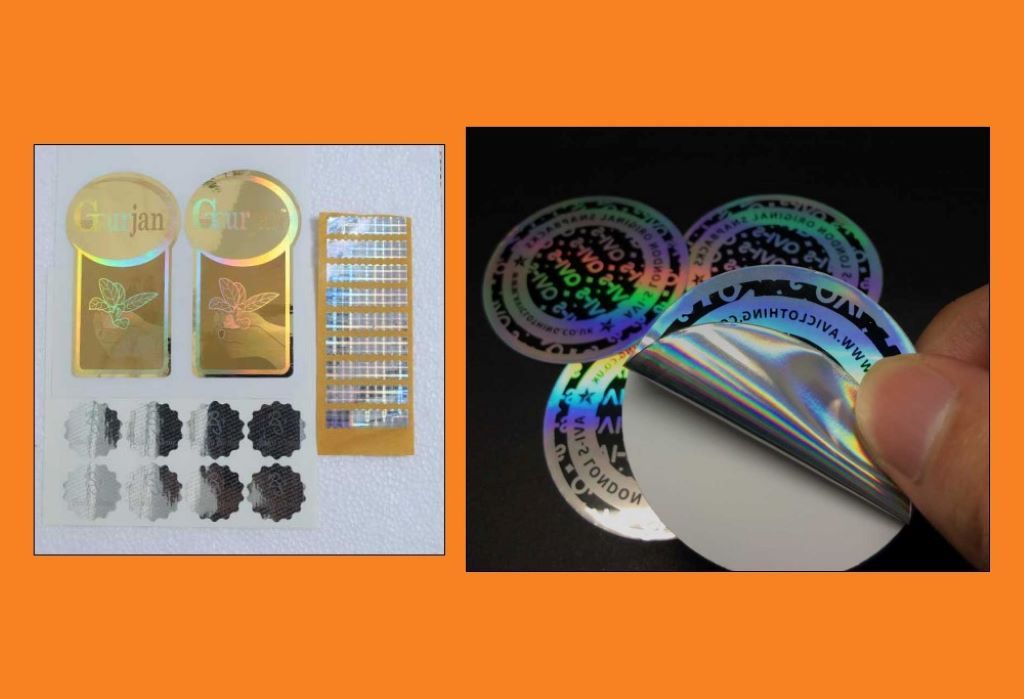
Luxury Brand Protection Anti-Counterfeit Tech Trends
The global luxury goods market continues to thrive, yet it faces an ongoing battle against counterfeit products that threaten brand integrity and consumer trust. As technology evolves, so do the methods used by counterfeiters to replicate high-end items. Fortunately, luxury brands are fighting back with innovative anti-counterfeit technologies that protect both their reputation and their customers. Luxury On Sales has become a trusted resource for consumers seeking authentic luxury items in an increasingly complex marketplace.
The counterfeit luxury goods industry has grown into a multi-billion dollar problem affecting every corner of the globe. From handbags and watches to jewelry and footwear, fake products flood both physical stores and online marketplaces. This surge in counterfeits has prompted luxury brands to invest heavily in cutting-edge protection technologies. Additionally, consumers are becoming more educated about the risks associated with purchasing fake goods, driving demand for verification solutions.
For shoppers who love luxury counterfeit detection methods, understanding the latest authentication technologies has become essential. The sophistication of modern counterfeiters means that visual inspection alone is no longer sufficient to guarantee authenticity. Therefore, brands and retailers are turning to advanced technological solutions that provide verifiable proof of authenticity.
The Rising Threat of Counterfeit Luxury Products
Counterfeit luxury goods represent more than just lost revenue for brands. They undermine the exclusivity that makes luxury items desirable in the first place. Furthermore, fake products often involve criminal networks and can fund other illegal activities. The Organization for Economic Co-operation and Development estimates that counterfeit goods account for billions in international trade annually.
The rise of e-commerce has made it easier for counterfeiters to reach consumers directly. Online marketplaces, social media platforms, and independent websites provide channels for selling fake luxury items to unsuspecting buyers. Consequently, both brands and consumers must remain vigilant in identifying and avoiding counterfeit products.
Blockchain Technology for Authentication
Blockchain technology has emerged as one of the most promising solutions for combating counterfeit luxury goods. This decentralized digital ledger creates an immutable record of a product’s journey from manufacture to sale. Each luxury item can be assigned a unique digital identity that cannot be altered or duplicated.
Several major luxury brands have already implemented blockchain-based authentication systems. These systems allow customers to verify the authenticity of their purchases using smartphone apps or web platforms. Moreover, blockchain technology enables brands to track products throughout the supply chain, making it easier to identify points where counterfeits might enter the market.
The transparency provided by blockchain also builds consumer confidence. Buyers can access complete product histories, including manufacturing details, ownership transfers, and maintenance records. This level of transparency was previously impossible with traditional authentication methods.
RFID and NFC Technologies
Radio-frequency identification (RFID) and near-field communication (NFC) tags have become increasingly popular tools for luxury brand protection. These tiny chips can be embedded in products or packaging, providing instant authentication through smartphone scanning. The tags store encrypted information that verifies a product’s authenticity.
RFID technology offers several advantages over traditional authentication methods. The tags are difficult to counterfeit and can store substantial amounts of data. Additionally, they enable brands to track inventory in real-time and gather valuable data about product movement through distribution channels.
NFC tags provide similar benefits but with the added convenience of smartphone compatibility. Consumers can simply tap their phones against tagged products to verify authenticity instantly. This ease of use has made NFC particularly attractive for brands looking to empower customers with authentication tools.
Artificial Intelligence and Machine Learning
Artificial intelligence has revolutionized the fight against counterfeit luxury goods by enabling automated detection systems that can identify fakes with remarkable accuracy. Machine learning algorithms analyze thousands of product images to learn the subtle differences between authentic items and counterfeits. These systems continue to improve over time as they process more data.
AI-powered authentication platforms can examine details that human eyes might miss. Pattern recognition technology evaluates stitching, material texture, hardware placement, and other microscopic features. Furthermore, these systems can process authentication requests in seconds, providing instant results for consumers and retailers.
Major brands are integrating AI into their customer service operations, allowing buyers to submit photos of products for authentication. This technology democratizes access to expert-level authentication, making it available to anyone with a smartphone. According to recent industry reports, AI authentication accuracy rates now exceed 95 percent for many luxury categories.

DNA Marking and Microscopic Tagging
Some luxury brands have turned to biology and chemistry for anti-counterfeit solutions. DNA marking involves applying synthetic DNA strands to products, creating unique identifiers that are virtually impossible to replicate. These markers are invisible to the naked eye but can be detected using specialized equipment.
Microscopic tagging uses similar principles but with tiny particles that contain identifying information. These particles can be mixed into materials during manufacturing or applied to finished products. The technology provides an additional layer of security that complements other authentication methods.
These biological and chemical markers offer exceptional security because they require specialized knowledge and equipment to duplicate. Counterfeiters would need access to the exact DNA sequences or tagging formulas, which brands keep highly confidential. Therefore, these methods provide robust protection against even the most sophisticated counterfeiting operations.
Digital Product Passports
The European Union has proposed regulations requiring digital product passports for various goods, including luxury items. These digital passports would contain comprehensive information about products, including manufacturing details, materials used, and sustainability credentials. The system aims to increase transparency and combat counterfeiting simultaneously.
Digital passports typically use QR codes or NFC tags that link to secure online databases. Consumers can scan these codes to access verified information about their purchases. The passports also facilitate circular economy initiatives by tracking products through their entire lifecycle, including resale and recycling.
Luxury brands are embracing digital passports as they align with consumer demands for transparency and sustainability. The technology provides authentication benefits while also addressing growing concerns about environmental impact and ethical sourcing. Consequently, digital passports represent a comprehensive solution that addresses multiple consumer priorities.
The Role of Holographic Security Features
Holographic security features have long been used in currency and identification documents, and luxury brands are now adopting similar technologies. Advanced holograms create three-dimensional images that change appearance when viewed from different angles. These features are extremely difficult to replicate accurately.
Modern holographic technologies incorporate multiple layers of security, including hidden images, microtext, and color-shifting effects. Some holograms even include features that are only visible under specific lighting conditions or through special filters. This multi-layered approach makes counterfeiting exponentially more difficult.
Luxury brands apply holographic features to certificates of authenticity, product tags, and sometimes directly to products themselves. The visual impact of holograms also enhances the luxury experience, adding an element of sophistication that appeals to consumers.
Serialization and Track-and-Trace Systems
Unique serial numbers have been a staple of luxury brand authentication for decades. However, modern serialization systems go far beyond simple number assignments. Today’s systems integrate serial numbers with comprehensive track-and-trace capabilities that monitor products throughout their journey from factory to consumer.
These systems create detailed records of every transaction and movement in a product’s history. If a counterfeit item appears in the market bearing a serial number that matches an authentic product, the discrepancy can be quickly identified. Additionally, serialization helps brands combat gray market sales and unauthorized distribution.
Cloud-based databases store serialization information, allowing brands to maintain centralized records accessible from anywhere. Consumers and retailers can verify serial numbers through brand websites or mobile apps, ensuring transparency throughout the purchasing process.
Consumer Education and Awareness
Technology alone cannot solve the counterfeit problem without informed consumers. Luxury brands are investing in education initiatives that teach customers how to identify authentic products and recognize red flags that indicate counterfeits. These programs complement technological solutions by creating a more aware and cautious consumer base.
Educational content includes detailed guides on examining craftsmanship, understanding authentication features, and recognizing authorized retailers. Brands also provide resources about the risks associated with counterfeit purchases, including potential health hazards from substandard materials and the ethical concerns surrounding counterfeit production.
Social media platforms have become important channels for consumer education. Brands share authentication tips, showcase genuine products, and warn about common counterfeiting tactics. This ongoing dialogue helps build communities of informed consumers who can support each other in making authentic purchases.
The Future of Anti-Counterfeit Technology
The fight against counterfeit luxury goods continues to evolve as both brands and counterfeiters adopt new technologies. Emerging innovations promise even more sophisticated protection methods. Quantum encryption could provide unbreakable security for digital authentication systems, while augmented reality might enable consumers to visualize authentication data overlaid on physical products.
Integration between different authentication technologies will likely become more common. Multi-factor authentication systems that combine blockchain, RFID, AI, and other methods will create comprehensive protection that addresses various vulnerability points. Moreover, standardization efforts may lead to industry-wide authentication platforms that benefit both brands and consumers.
The increasing sophistication of anti-counterfeit technologies reflects the luxury industry’s commitment to protecting brand integrity and customer trust. As these technologies become more accessible and affordable, even smaller luxury brands will be able to implement robust authentication systems.
Conclusion
The battle against counterfeit luxury goods has entered a new era defined by technological innovation and consumer awareness. From blockchain and AI to DNA marking and digital passports, luxury brands now have powerful tools to protect their products and customers. These technologies not only authenticate products but also enhance the luxury experience by providing transparency and building trust.
However, technology must work hand-in-hand with consumer education and industry collaboration. As counterfeiters continue to develop more sophisticated methods, brands must remain vigilant and continue investing in advanced protection systems. The future of luxury brand protection lies in integrated, multi-layered approaches that combine cutting-edge technology with informed consumers.
For those seeking authentic luxury items, understanding these authentication technologies provides confidence and peace of mind. The investment that brands make in anti-counterfeit protection ultimately benefits everyone who values genuine luxury goods and the craftsmanship they represent.
Frequently Asked Questions
What is the most effective anti-counterfeit technology for luxury goods?
No single technology provides complete protection. The most effective approach combines multiple methods such as blockchain authentication, RFID tags, AI verification, and traditional craftsmanship markers. This layered strategy makes counterfeiting significantly more difficult and expensive.
How can consumers verify the authenticity of luxury items?
Consumers should purchase from authorized retailers, examine serial numbers and authentication cards, use brand-provided verification apps, inspect craftsmanship quality, and request certificates of authenticity. Additionally, many brands now offer smartphone-based authentication services that provide instant verification.
Are counterfeit luxury goods illegal to purchase?
While purchasing counterfeit goods is generally not prosecuted as aggressively as selling them, it remains illegal in most jurisdictions. Furthermore, buying counterfeits supports criminal enterprises and can expose consumers to low-quality products made with unsafe materials.
Why are counterfeit luxury goods harmful?
Counterfeit goods harm legitimate brands through lost revenue and damaged reputation. They often involve exploitative labor practices and criminal networks. Additionally, fake luxury items frequently use inferior materials that may pose health and safety risks to consumers.
How much do luxury brands spend on anti-counterfeit technology?
Major luxury brands invest millions of dollars annually in anti-counterfeit technologies and enforcement efforts. While specific figures vary by company, industry estimates suggest that leading brands allocate substantial portions of their security budgets to combating counterfeits through technology, legal action, and consumer education.
Related Topics:
YouTube Keyboard Shortcuts for Power Users
The Ultimate Guide to Creating High-Converting Landing Pages






